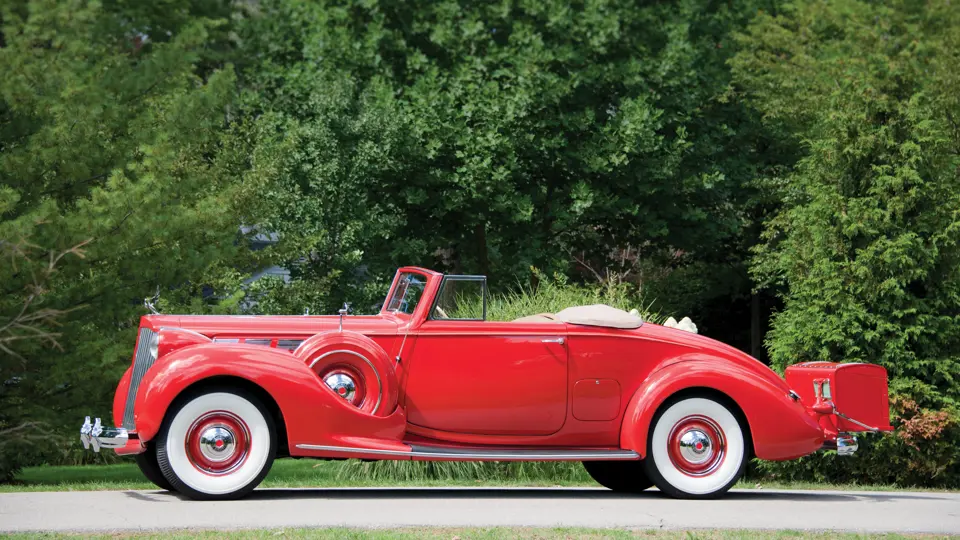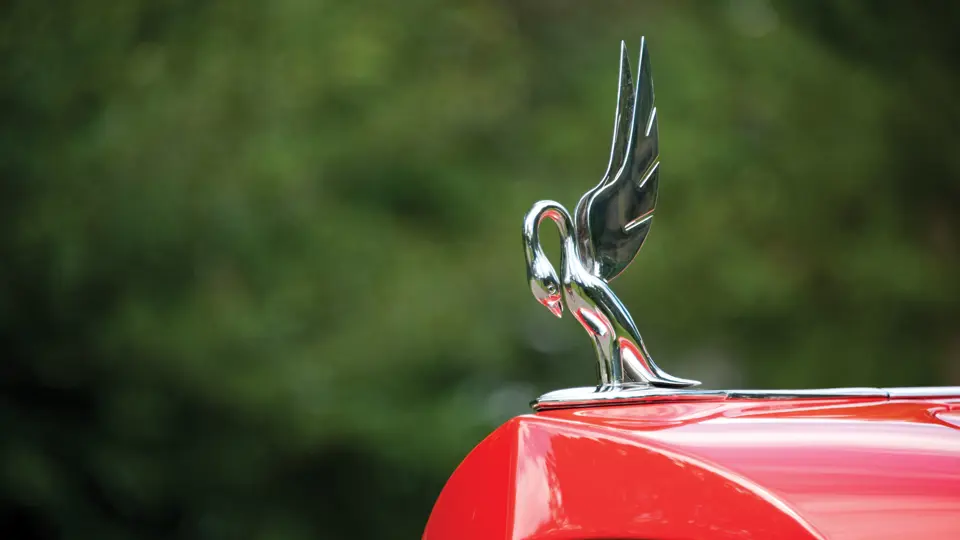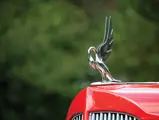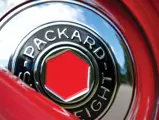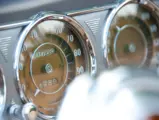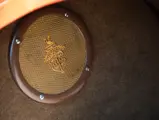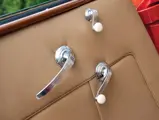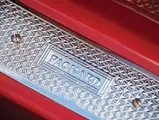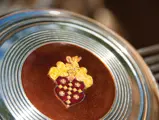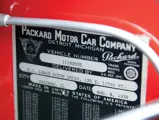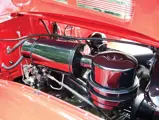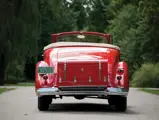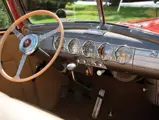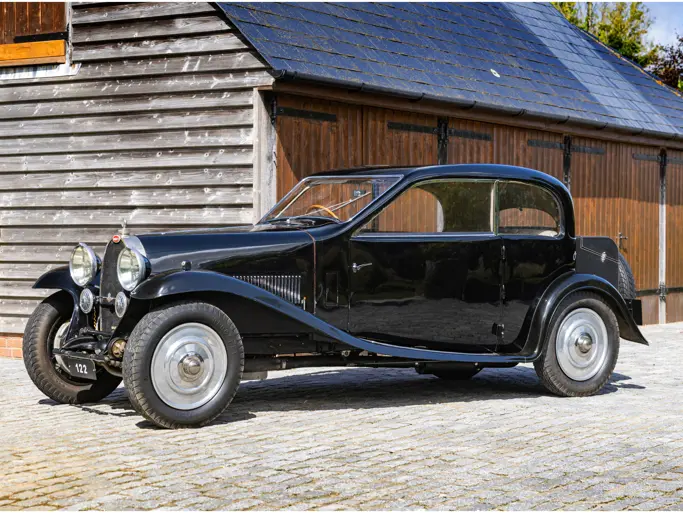Series 1604. 130 bhp, 320 cu. in. L-head inline eight-cylinder engine, three-speed synchromesh manual transmission, coil-spring independent front suspension, live rear axle with semi-elliptic leaf springs, and four-wheel hydraulic drum brakes. Wheelbase: 134 in.
By 1938, Packard’s “junior” Six and One-Twenty lines accounted for the bulk of the company’s sales, but a full array of “senior” eight-cylinder cars continued to be offered in the large and powerful Super Eight series. Most prominent among them was Packard’s final 2/4-passenger convertible coupe, which featured the company’s last full-fledged rumble seat. This sporty body style, combined with a chassis that, for the second year, featured independent front suspension and hydraulic brakes, resulted in one of the best “driver’s Packards” of the decade.
Packard historians believe that only 71 Super Eight Convertible Coupes were produced in 1938, and all of them were on the 134-inch wheelbase Series 1604 chassis. Of those, eight survivors are known worldwide.
The car shown here is equipped with the so-called “Group A” of options, which includes a deluxe heater, a deluxe radio (with the rumble seat having its own speaker), dual side-mounts with mirrors, a luggage rack with a metal trunk, and wheel trim rings, making this Convertible Coupe “fully loaded” by 1938 Packard standards. This was in addition to the standard features of the 16th series senior Packards, which included an ivory deluxe steering wheel, a built-in dual defroster, and a four-position parking light system.
Befitting such opulence, the Packard was originally delivered through E.J. Lewis Motor Sales, of Chicago, and reportedly sent to Paul “The Waiter” Ricca. Ricca fled Italy to the United States, and he was rescued from a life as a waiter, hence his nickname, by Al Capone. Following Capone’s 1932 imprisonment for tax evasion, Ricca became the de facto head of the Chicago “outfit” and ruled for 40 years. By all accounts, he was the embodiment of the stereotypical American gangster; thus, he would have looked right at home cruising the streets of Depression-era Chicago behind the wheel of this flamboyant, expensive Packard.
The current owner has enjoyed the car for over a decade, and in his care, he chose to have it restored to original condition. Mechanical components, including the engine, chassis, and suspension, were beautifully restored by Brian Joseph’s well-respected Classic & Exotic Service, of Troy, Michigan, while the eye-catching, factory-correct Chinese Red paint and tan leather upholstery were beautifully applied by well-known craftsmen Bill Auerbach, of Middleton, Michigan.
To ensure accuracy of all components, extensive research was performed, with visits to the Detroit Public Library’s National Automotive History Collection, the National Packard Museum, and to the unrestored 1938 Packard in the ACD Automobile Museum. The late Bob Turnquist, known as “Mr. Packard,” also gave considerable input to the restoration. Attention was paid to the smallest of details, including finding correct Phillips head chrome screws for the inside of the windshield framing and the correct sew patterns for the seats and door panels. The level of accuracy and detail to be found in this automobile is likely unmatched by any other contemporary eight-cylinder Packard.
Befitting the outstanding quality of the work, the Packard was quite successful when introduced to Classic Car Club of America competition, and it has won virtually all awards for which it is eligible, including the Premier Award with 100 points at the Michigan Grand Classic in Dearborn in 2006. It has been recognized with awards at the Meadow Brook, Glenmoor, Bay Harbor, and Willistead concours, and it was the cover feature of the November/December 2007 issue of Torque.
Having been carefully maintained and cared for in the owner’s collection, this super Super Eight, with fewer than 700 miles since restoration, is still ready to be shown and enjoyed on the field by its new owner, as it is, in all likelihood, the finest of this model that survives today.
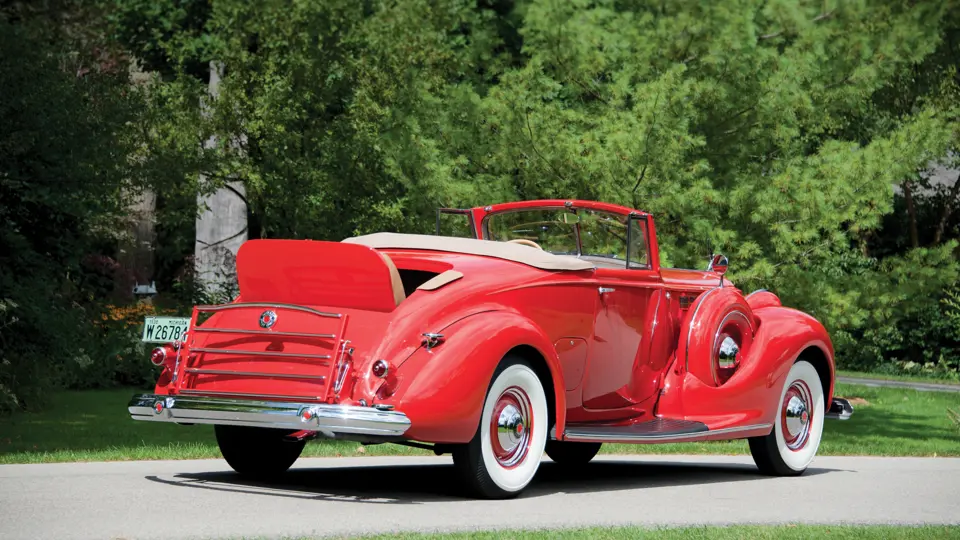

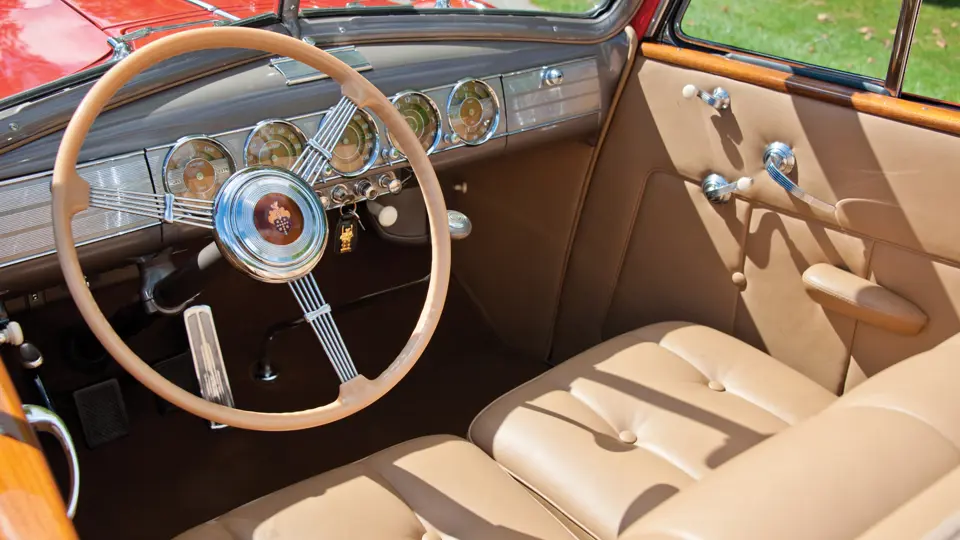

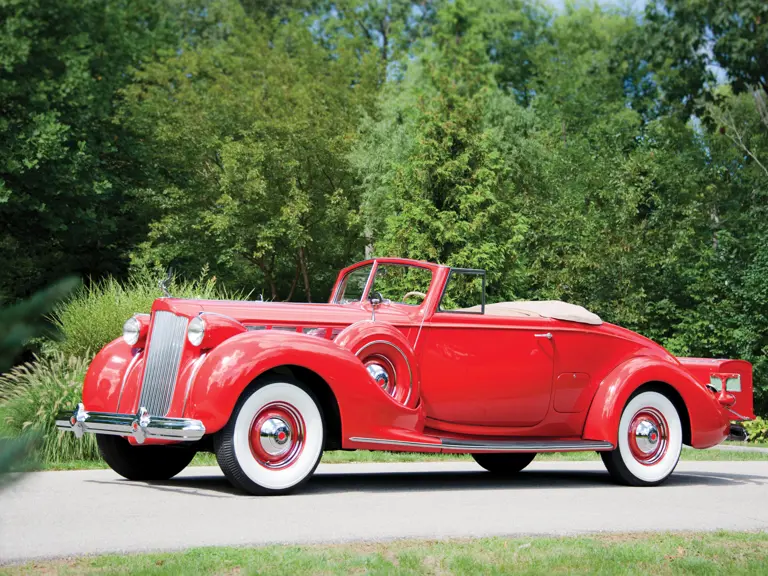

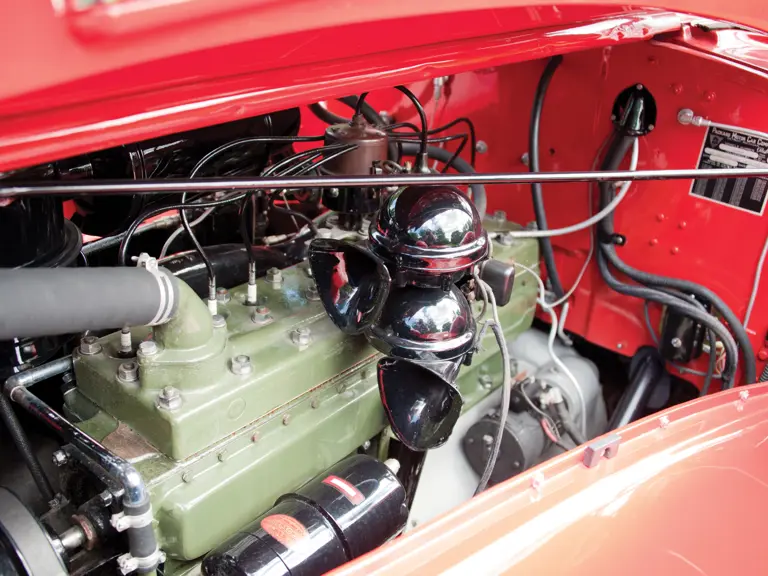


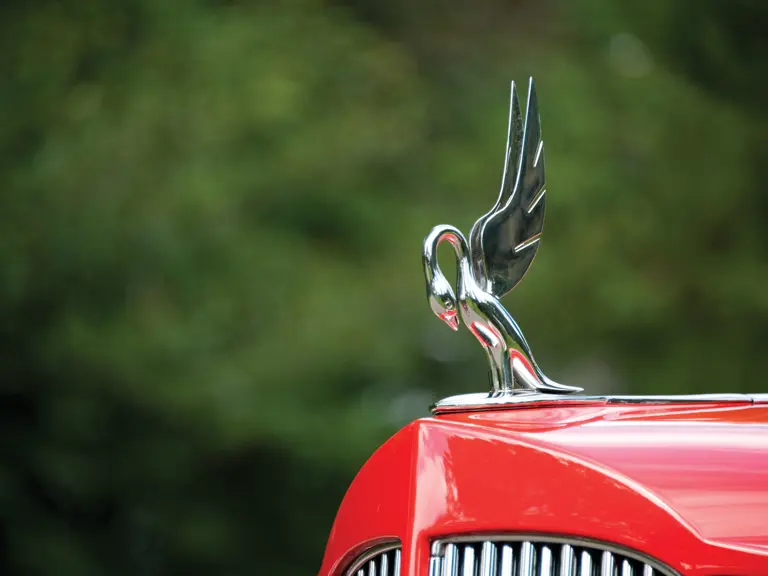
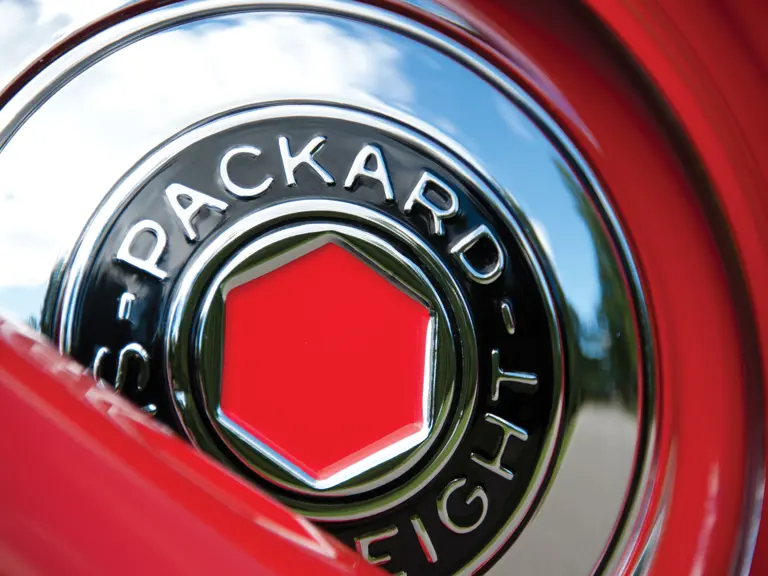


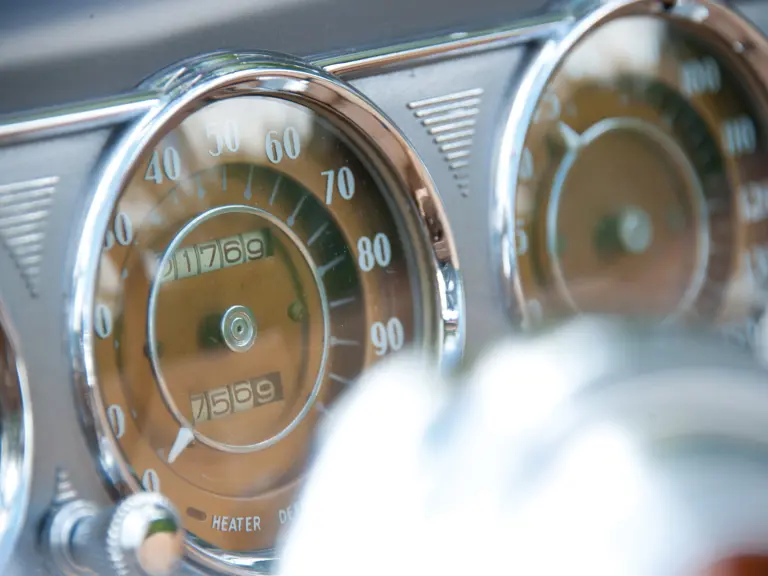

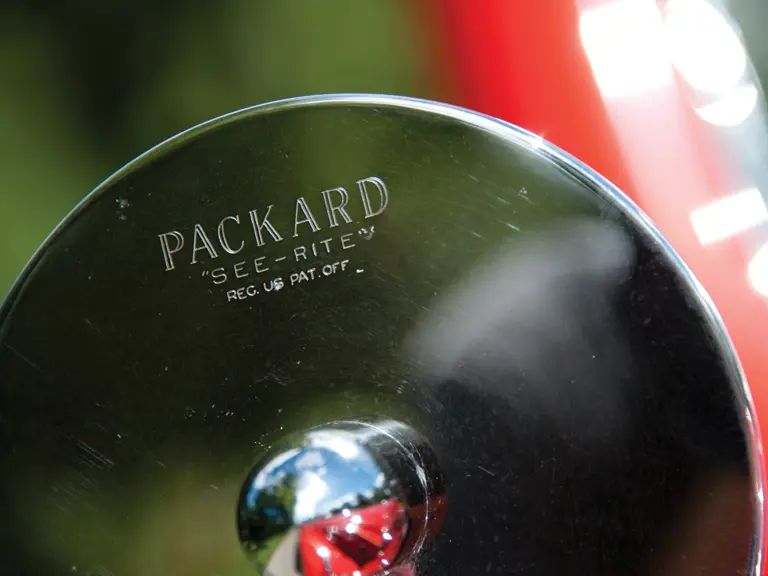

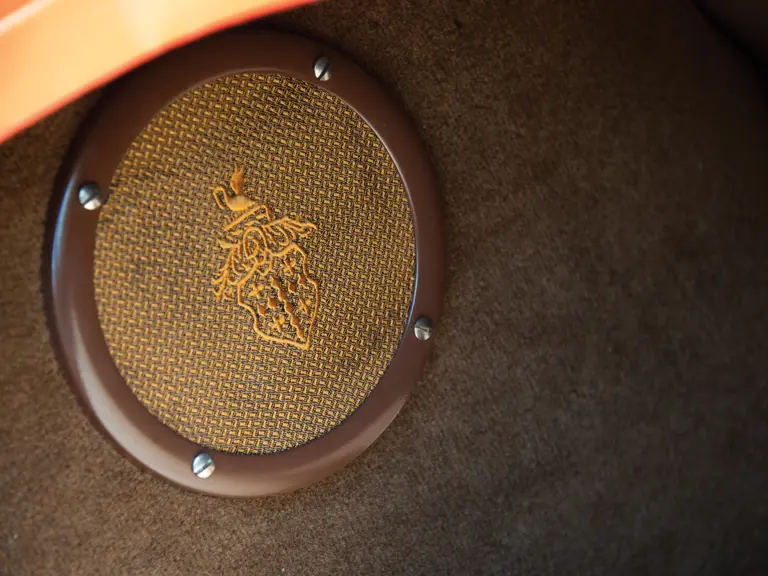
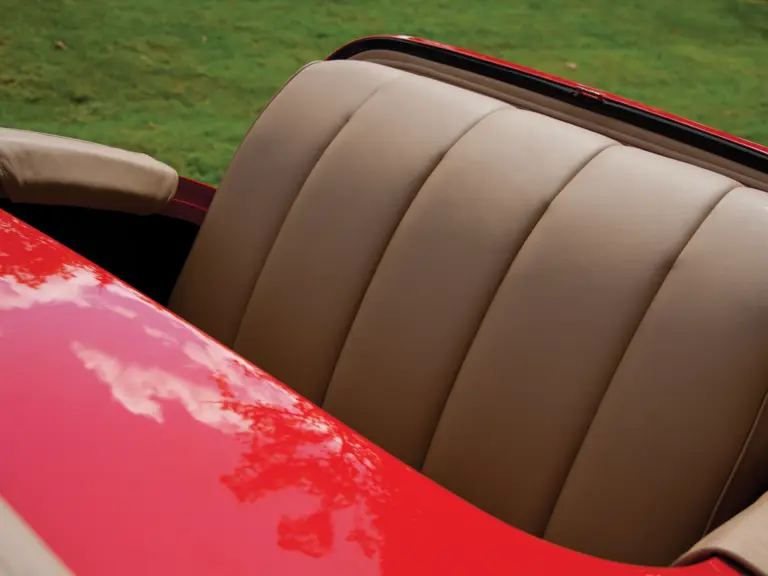
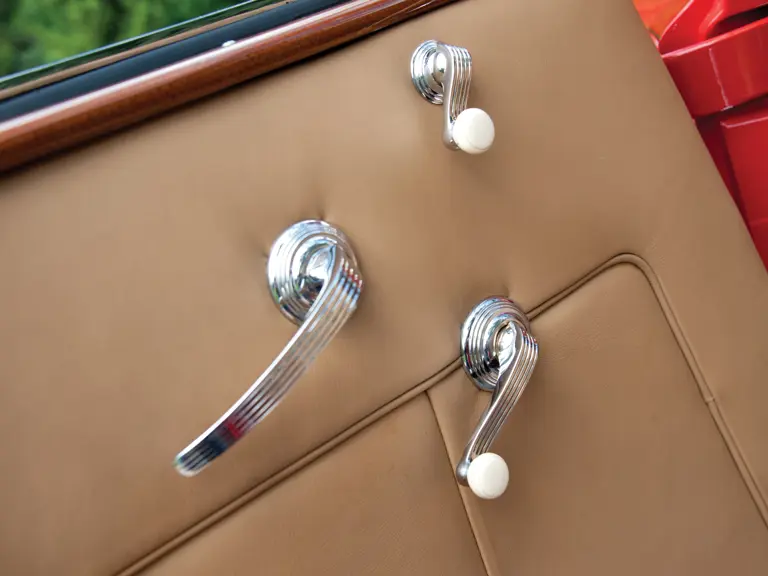

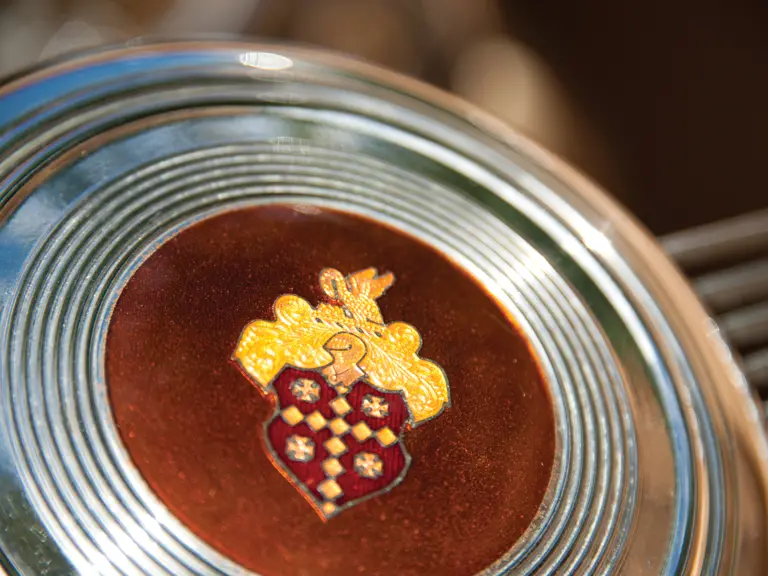


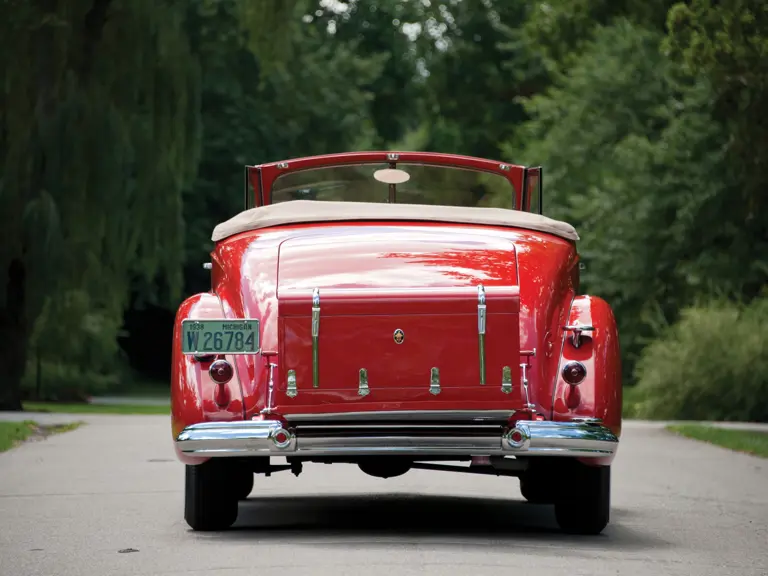
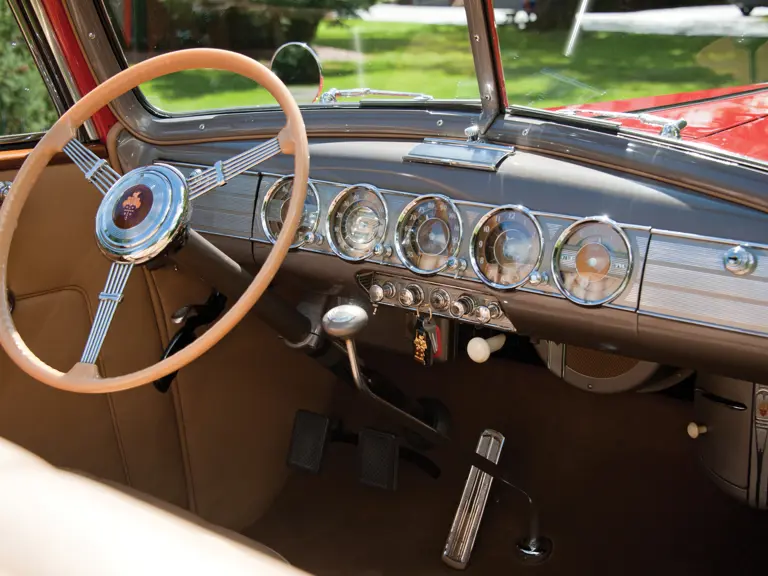

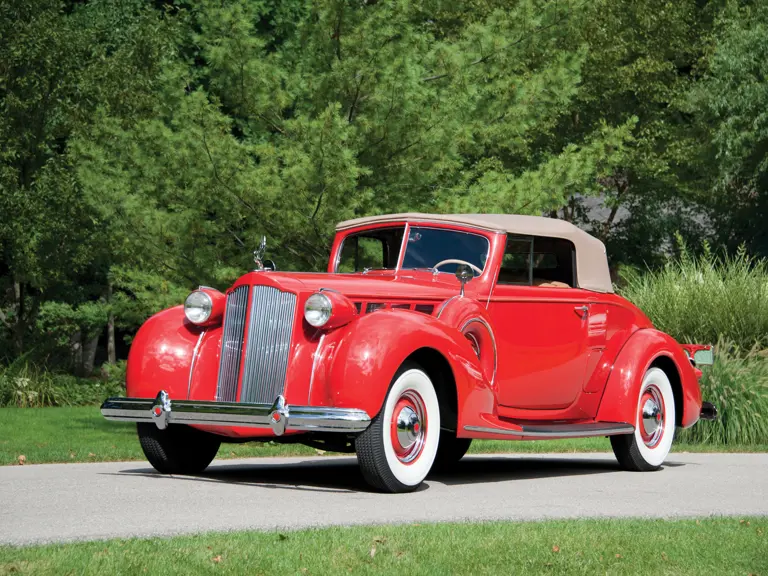
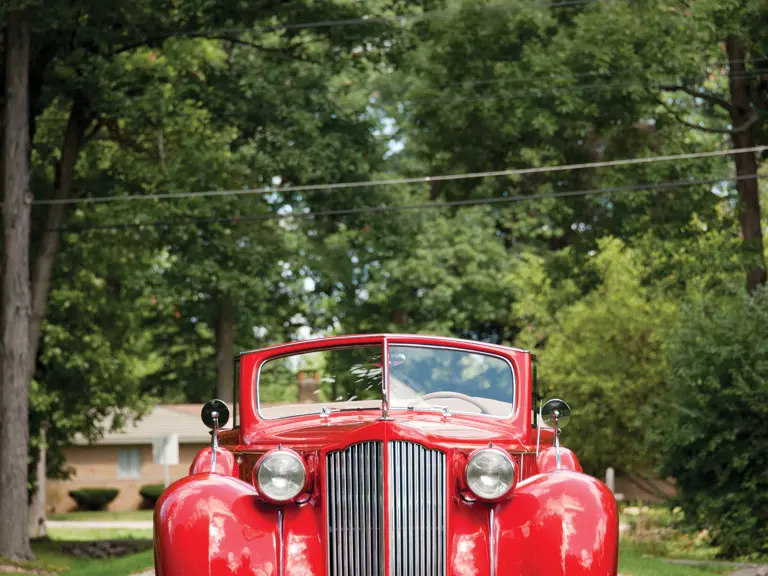
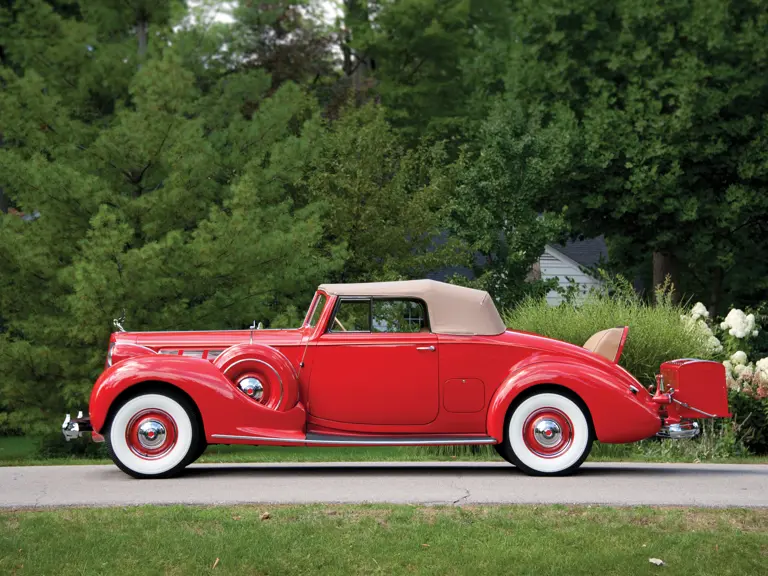

 | Hershey, Pennsylvania
| Hershey, Pennsylvania
